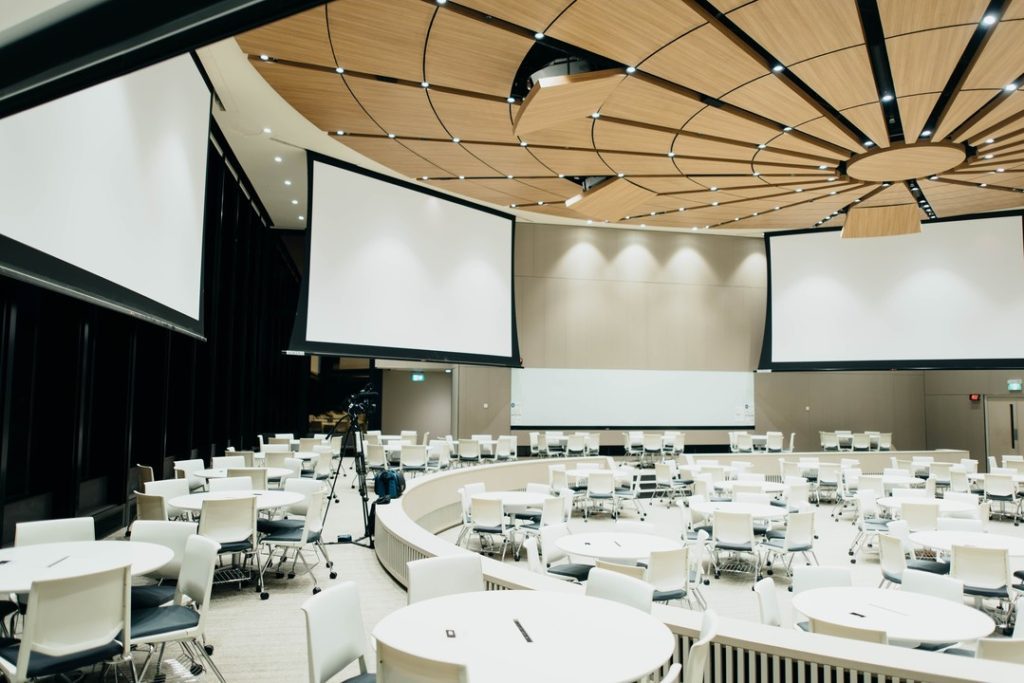Coworking spaces began as a trend in the early 2000s, marketed as a place for independent contractors and remote workers to gather. Who knew that a couple of decades down the road, a huge percentage of the American workforce would be remote, and coworking spaces would become a vital part of some small to midsize companies’ business plan.
With that growth has come improvements in technology, including audio and video capabilities needed to power everything from staff meetings to virtual industry conferences. Video production tools enable content production while immersive audio replicates the sense of gathering in person. The digital transformation that raced through just about every industry during the pandemic has benefitted coworking spaces as well.
But along with overlapping technology comes the inevitable privacy challenges. From a data perspective, a shared network, including Wi-Fi and internet connections can be a vulnerability. Then there are the analog exposures like confidential conversations happening in shared areas. For these scenarios, there are a few tricks that can improve a shared office space for everyone.
- Soundproofing. Any meeting can be interrupted by the very natural sounds of a shared space. Whether it’s chatter in the coffee area or footfall outside of a glass-walled conference room, random sounds can be distracting. Especially when a meeting or interview is being recorded, as in the case of a podcast or webinar, eliminating outside noise is vital. Adding drapes for indoor glass walls can mitigate ambient noise, as can the use of sound-proofing panels.
- Video conferencing pods. Earbuds are great but even so, nobody wants to hear one side of a conversation happening in the middle of the room. Moving that call somewhere private helps everyone. Specially designed, tech enabled booths can offer not only privacy, but excellent acoustics and lighting options. Primed for video meetings, pods can also include added space to allow for comfortable camera positioning, avoiding the accidental extreme closeup.
- Meeting room display blocking. A popular feature of many shared office spaces is the open feel; comfortable gathering areas, high ceilings and glass walls. But when confidential information is being shown on a conference room screen, that openness can be problematic. By using screen cloaking technology, a smart shield can filter and obscure specific light transmitted by digital screens so that only those in the room can see what’s displayed. Glass walls can remain, with confidentiality intact.
The remote and hybrid work model is only going to gain more popularity in 2022. By utilizing privacy-focused AV technology, shared office spaces can be an advantageous and secure tool for a dispersed workforce.



